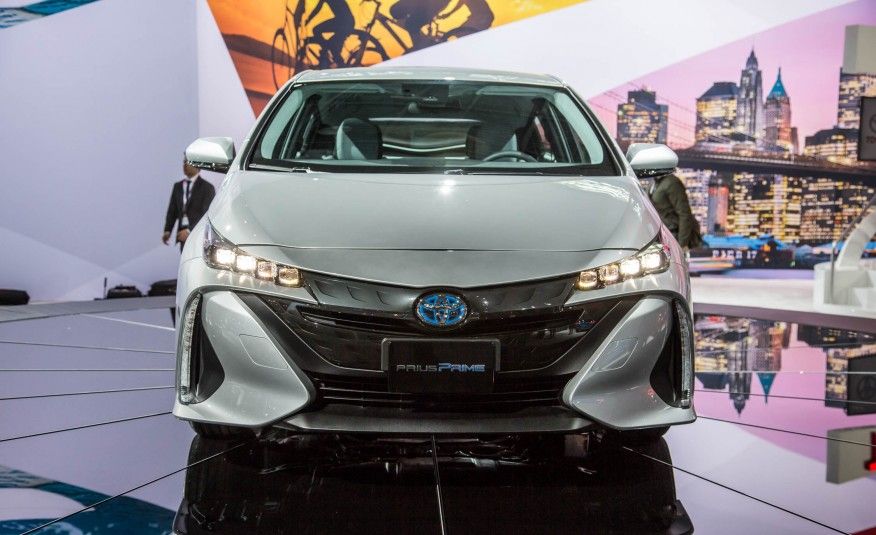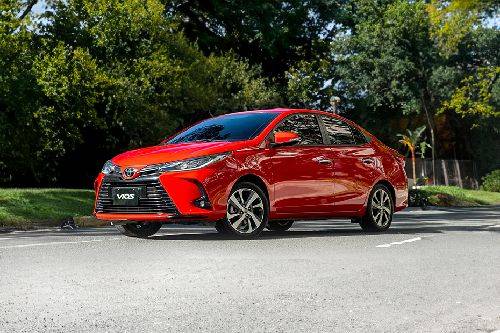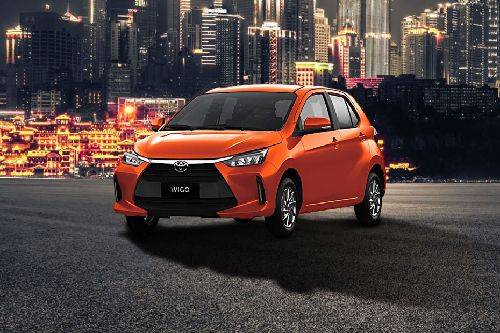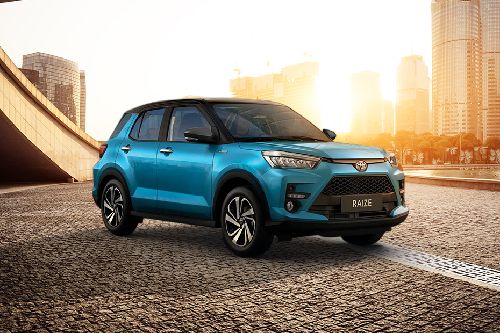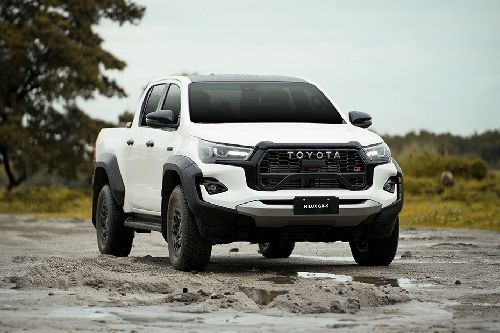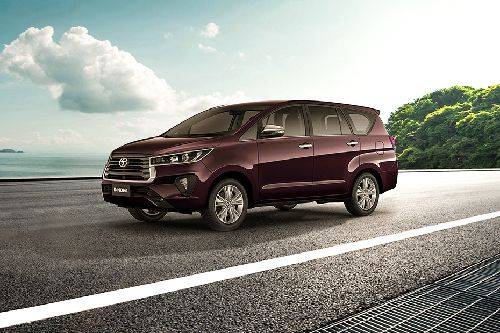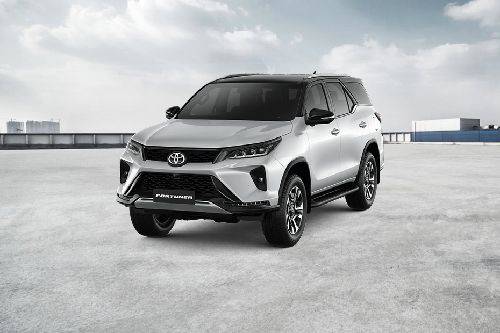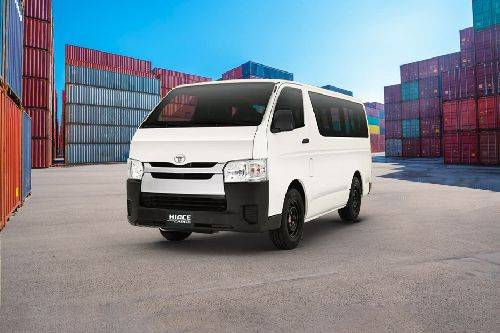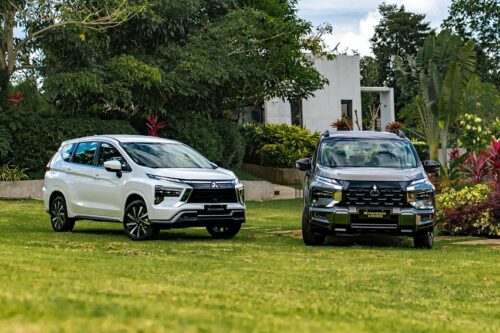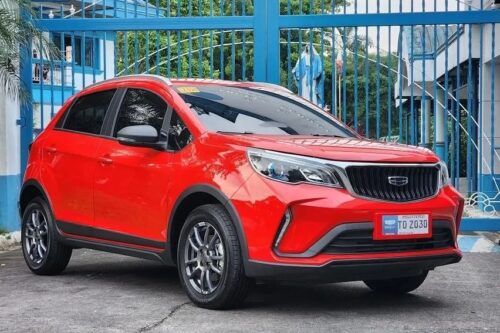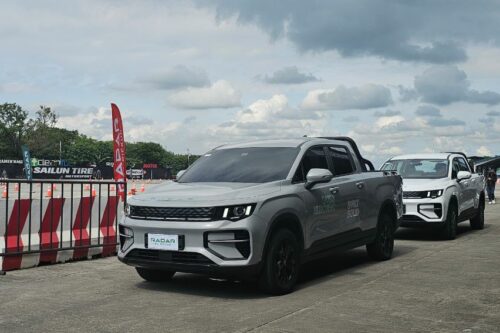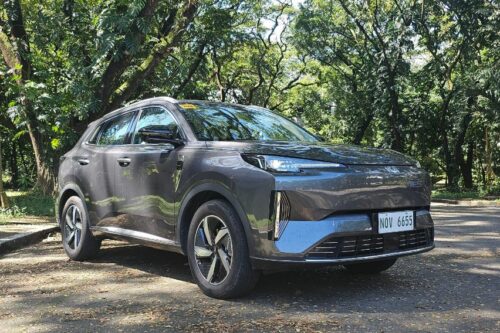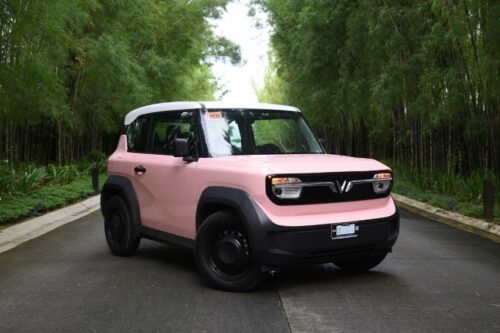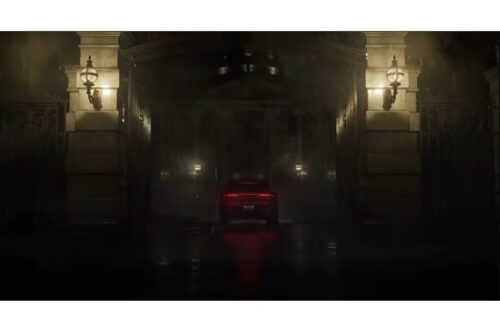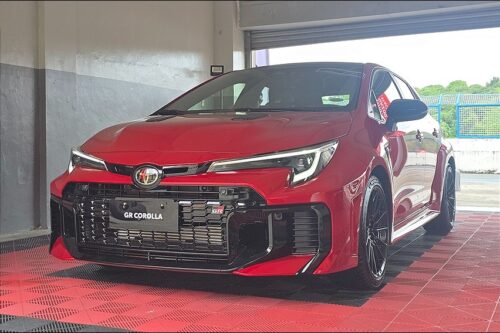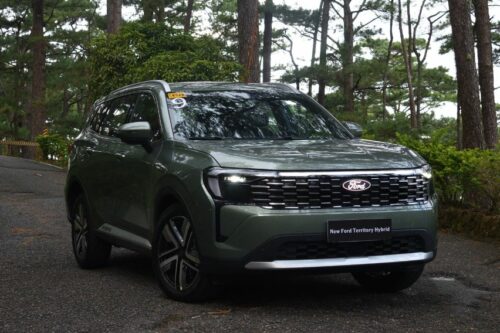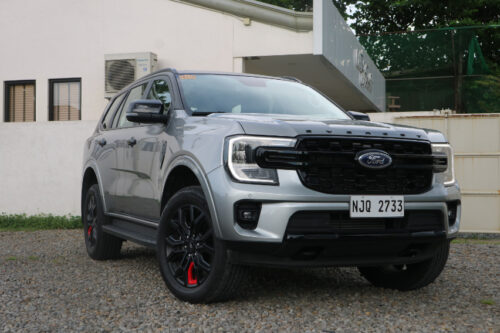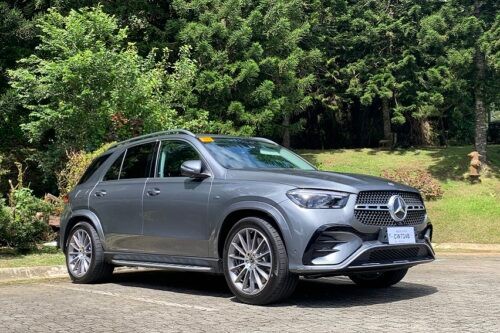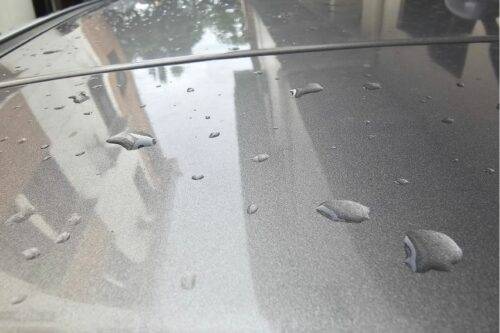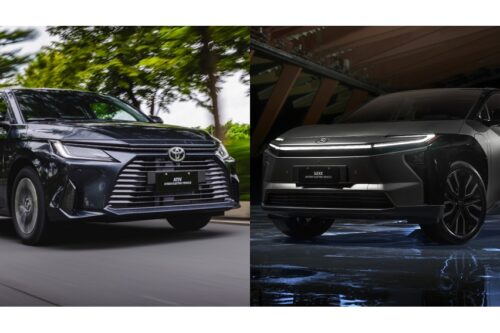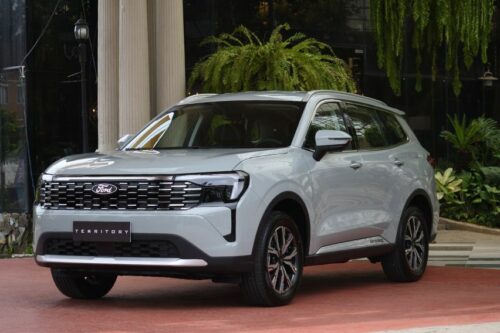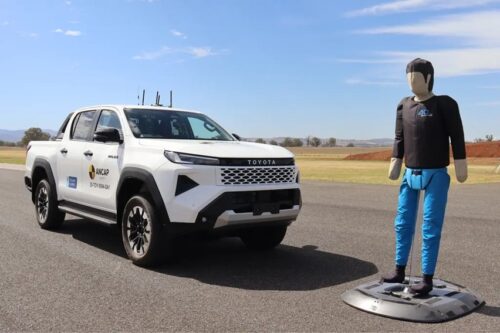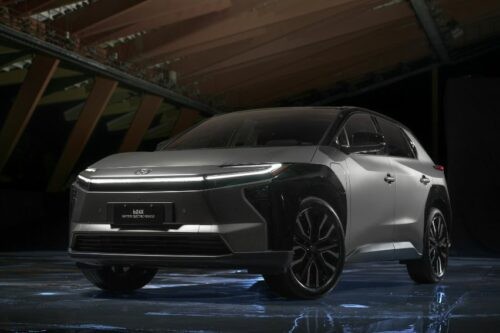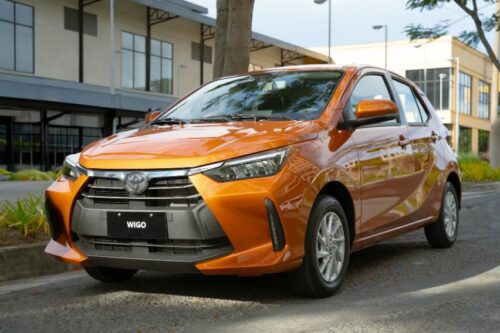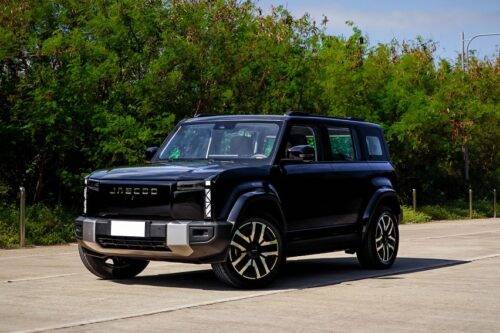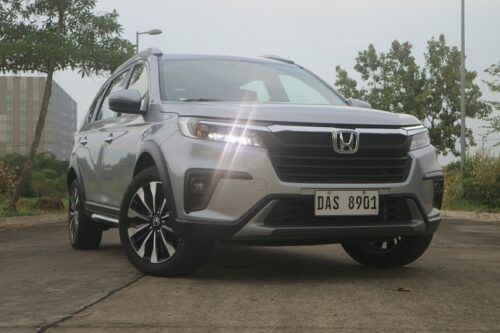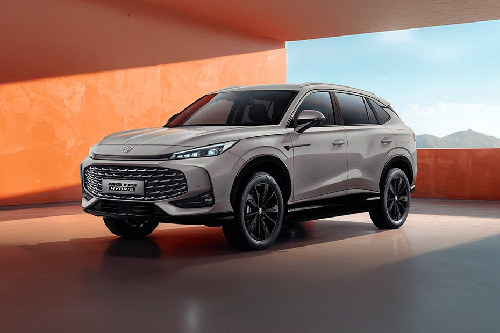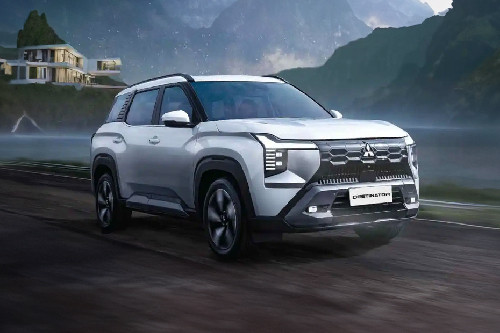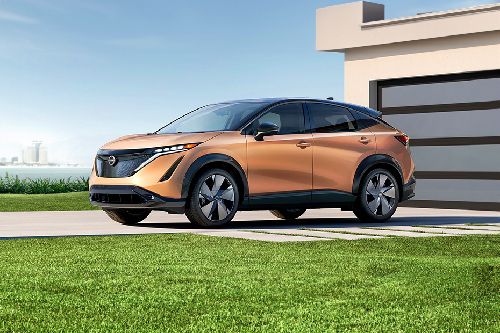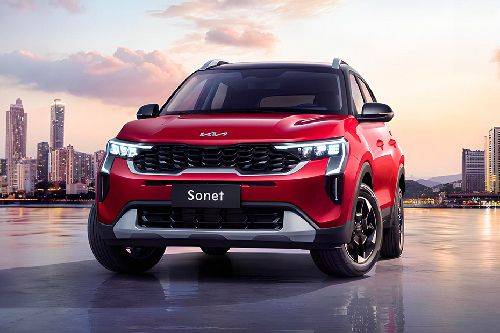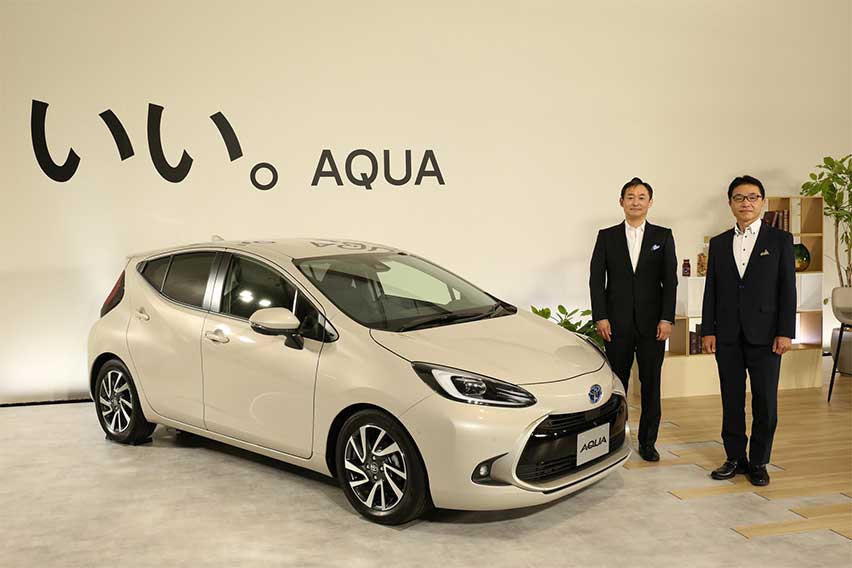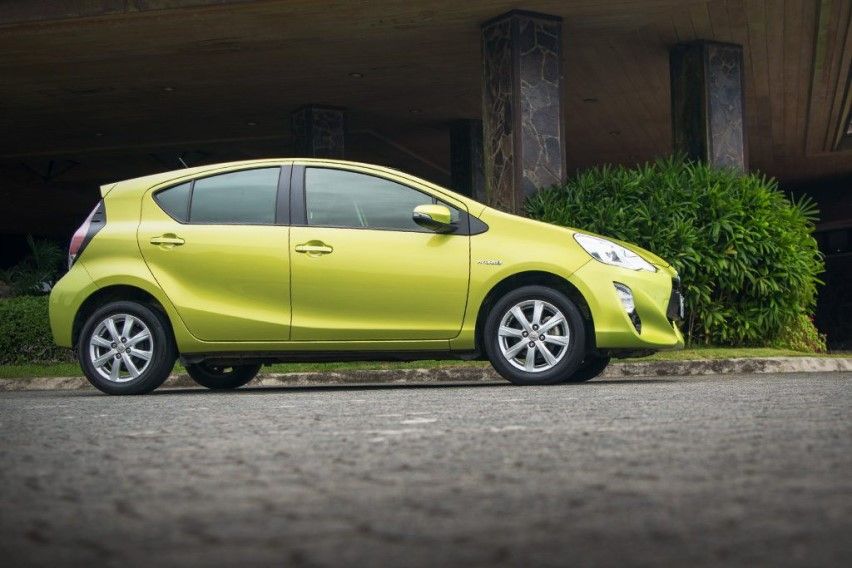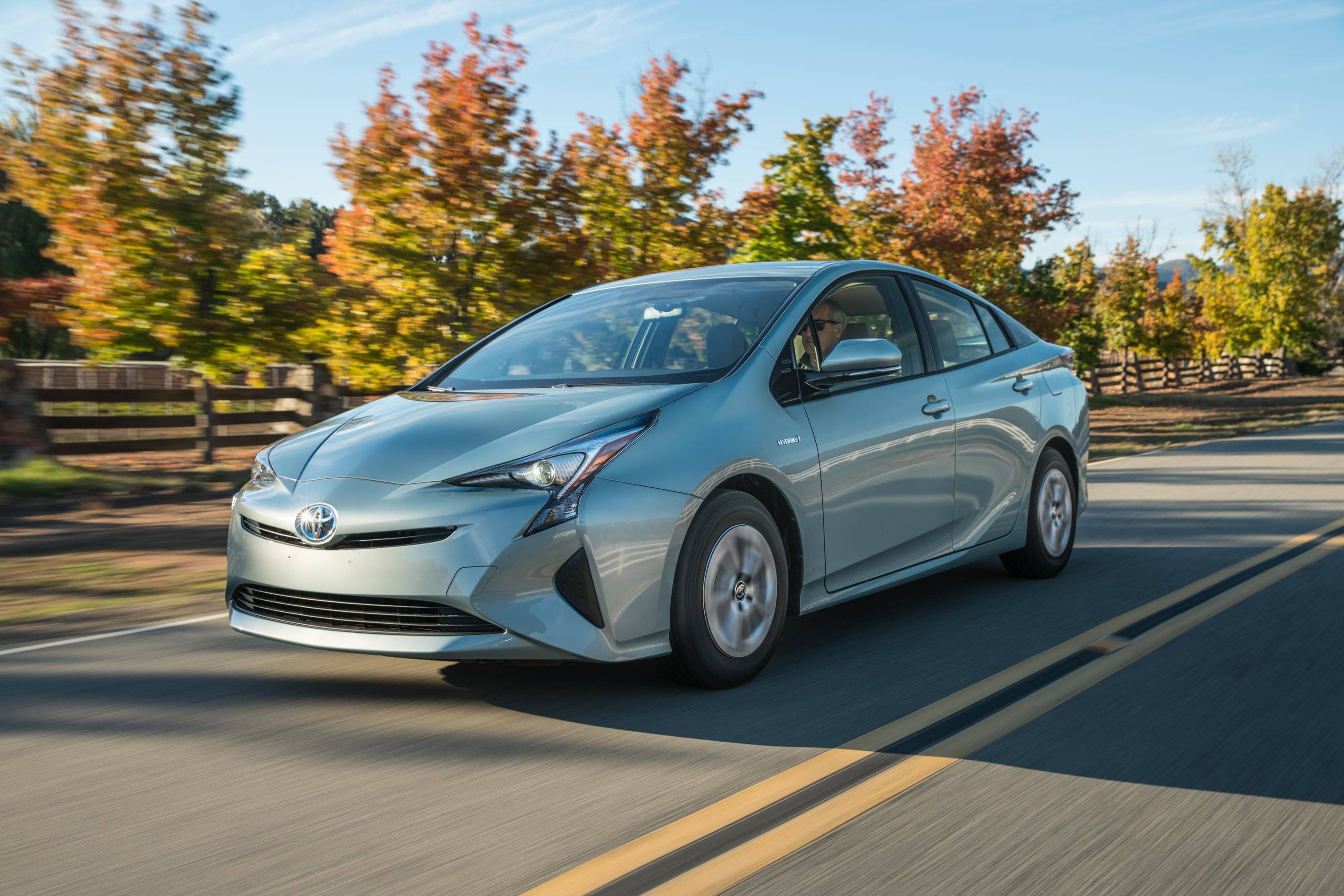Getting to know the Prius C
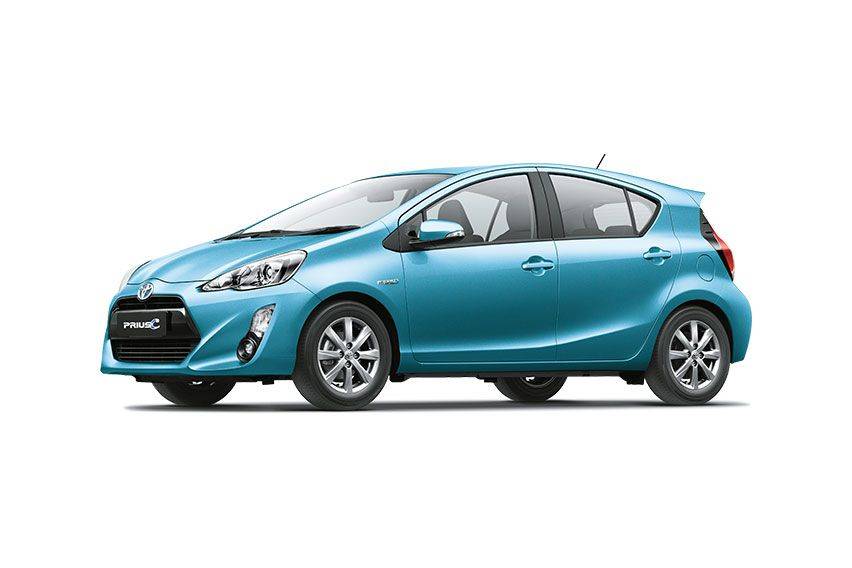
After chauffeuring a virtual who’s who of Hollywood at the 2003 Academy Awards, the Toyota Prius has thrust itself into the spotlight to become the poster car for innovation, sustainability, and renewable energy.
Fourteen years after it officially rolled out at dealership in Japan and across the globe, it has now built a family of hybrid vehicles which includes its smallest iteration, the Prius C (the C stands for City).
Toyota Motor Philippines (TMP) launched the Prius C locally in 2012, just a month after the model was launched in Japan, and says that it is a model that “employs cutting-edge hybrid technology that pursues the best possible performance as a compact car while playing its role in contributing to the environment.”
The Prius C is smaller and more compact than the original Prius and is offered in two trims, the Prius C and Prius C full option. Read on to find out which of the two is right for you.
Despite being a nine-year old model, its body carries very contemporary features including a trapezoidal shape facade that tapers toward the rear to give it a youthful and lively appearance while also enhancing its aerodynamic performance.
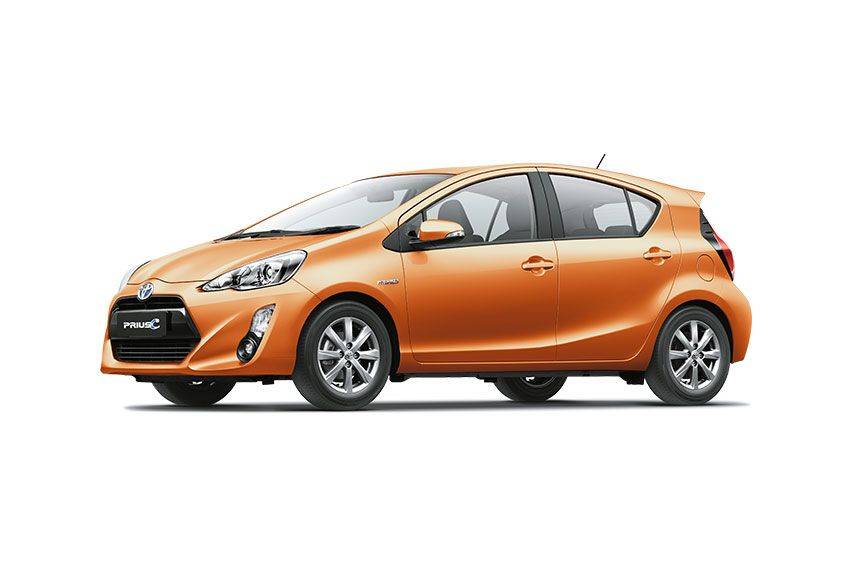
Overall dimensions are 3,995mm in length, 1,695mm in width, 1,450mm in height, with a wheelbase of 2,550mm.
Under its hood is a multi-titled engine which won several International Engine of the Year awards, the Toyota 1NZ-FXE engine.
It has forged steel connecting rods and an aluminum intake manifold. The cylinder charge has been reduced to lower torque and power output in favor of efficiency but its extra power demands are met by the Hybrid Synergy Drive (permanent magnet synchronous electric and a nickel-metal hydride battery).
Engine displacement of 1.5 liters, along with power of the electric motor, can produce a total output of 131hp and 280Nm of torque. It is sent to the front wheels via an electronically controlled CVT (continuously variable transmission).
A MacPherson strut-type suspension with stabilizer is used in front while the rear gets a torsion beam-type suspension.
Front brakes are hydraulic with regenerative capabilities which means that during braking, kinetic energy during deceleration is captured by the Hybrid Synergy Drive and stored in the battery for future by the electric motor to drive the front wheels. Rear brakes are ventilated discs.
Tire size is 185/60 R15 used on 15-inch alloy wheels.
Exterior equipment includes a four-lamp halogen projector-type headlamps with manual levelling adjustment, multi-reflector front fog lamps, intermittent front wipers with time adjust and intermittent rear wipers, window sash blackout, outside rearview mirrors with integrated side turn signal lamps, grip-type and color-keyed door outside handles, rear spoiler, rear window defogger with timer, bulb-type rear combination lamps with LED (light emitting diode) stop lamps, and a pole-type antenna.
Steering system uses is tilt and telescopic adjustable column and electric power steering (EPS).
So far, all features have been standard between both models but inside is where there are minor differences. Seats on the Prius C Full Option are leather, the instrument panel finish is leather, steering wheel is leather-wrapped, and the aircon register comes with center and side plating.
The Prius C uses fabric seats, plastic finish on the instrument panel, has a urethane steering wheel, and only has center plating on the aircon register.
Standard on both models are six-way adjustable driver’s seat, four-way adjustable front passenger seat, 60:40 split and folding type rear seats, and back pockets on the passenger side.
The two trims also have a 3.5-inch full color TFT (Thin Film Transistor) display with Eco Drive, Energy, and Drive Information Monitor, illuminated meter control, sun visors with mirror and ticket holders, day and night feature on the inside rearview mirror, multi-function touch tracer-type audio + MID (multi-information display) + and climate controls on the steering wheel, chrome inside door handles, and a urethane shift level and knob with chrome accent.
A shift lock system is available on both as well as a shift position indicator, a package tray and tonneau cover, three cupholders (two in front and one in the rear), driver and passenger door pockets, a glove box with an open tray, a front console box, a rear console box with sliding armrest and front personal map lamps.
Power features across the trims are power windows, door locks, but only the Prius C Full Option comes with power retractable side mirrors.
Both trims have automatic climate control with Clean Air filter, an illuminated entry system, a digital clock, a Push Start system, Cruise Control, a light remind warning system, a key remind warning system, and a 6.5-inch LCD (liquid crystal display) monitor with smart touchscreen function + DVD + CD + tuner + MP3 + Aux-in + USB + iPod + Bluetooth.
Standard safety features include vehicle stability control with traction control, hill start assist system, SRS airbags (driver, passenger, curtain shield, driver knee, anti-lock braking system with brake assist, two three-point ELR (emergency locking retractor) seatbelts with pretensioners and force limiters in front and two three-point ELR seatbelts in the rear, child protection locks on the rear doors, an anti-theft system with immobilizer, and it comes with Toyota’s Smart Entry System that features a touch sensor on the driver, passenger and back door.
It comes in four body colors, Orange Pearl, Silver Metal Metallic, Cool Soda Metallic, and Yellow Mica Metallic.
The Prius C starts at P1.970 million.
Photos from Toyota Motor Philippines
Sell your car at the best price
 Verified and genuine buyers
Verified and genuine buyers
Toyota Prius C Related Stories
- News
- Featured Stories
Toyota Car Models
Trending & Fresh Updates
- Latest
- Popular
You might also be interested in
- News
- Featured Stories
Toyota Featured Cars
- Latest
- Upcoming
- Popular
Latest Toyota Prius C Car Videos on Zigwheels

Toyota Prius C Car Articles From Carmudi
- journal


